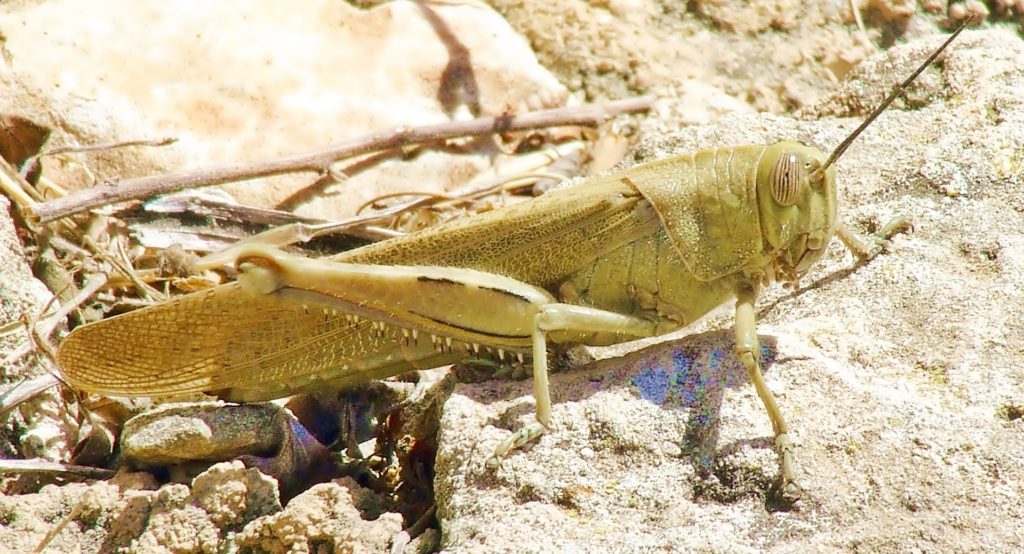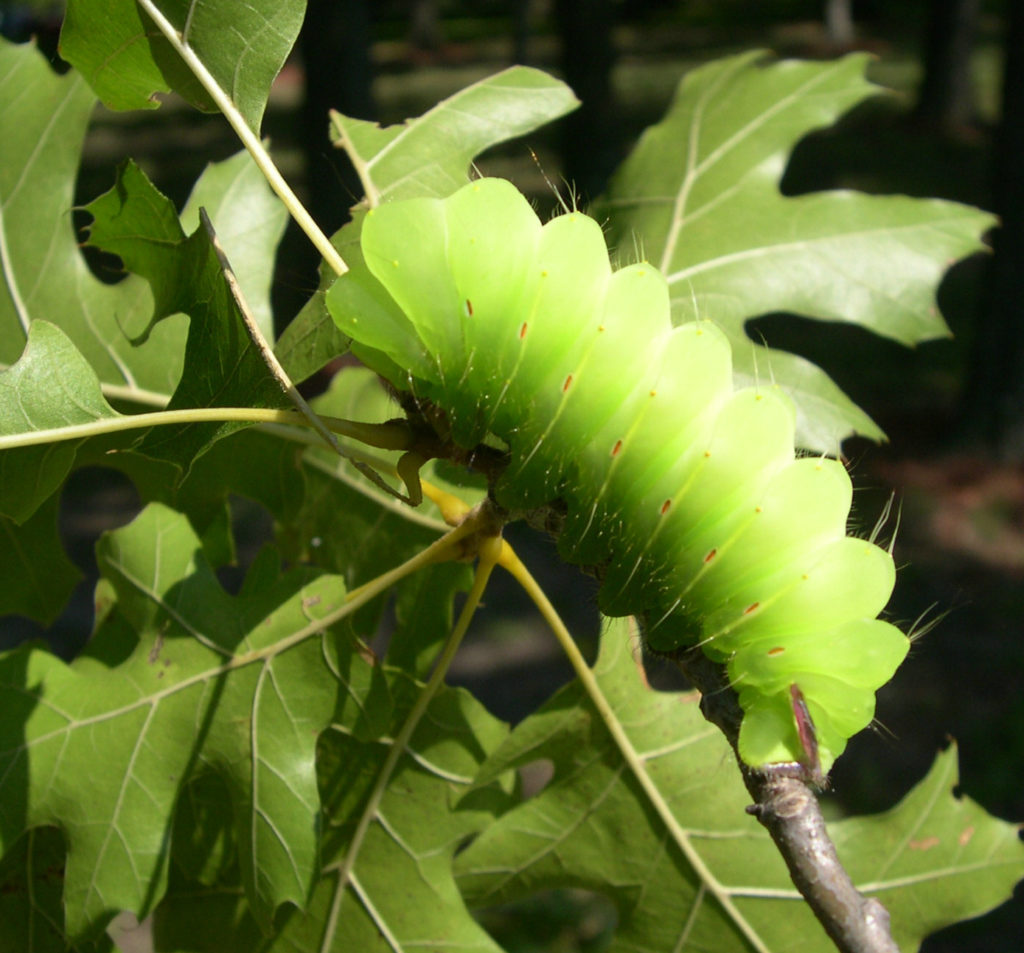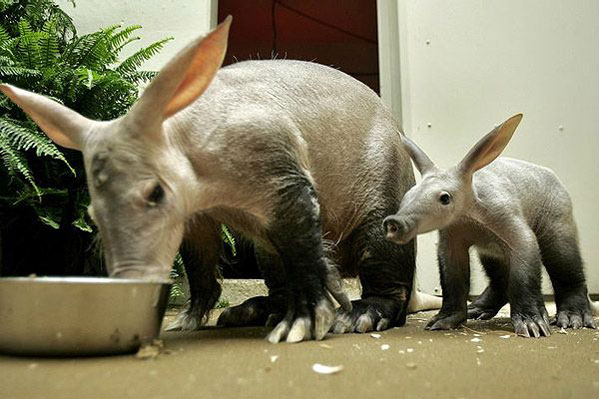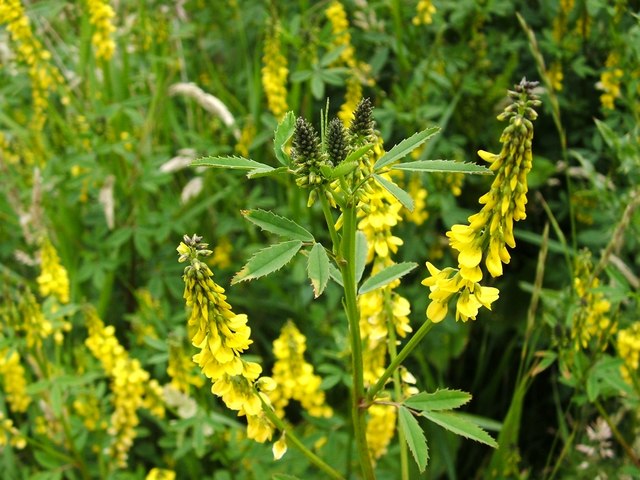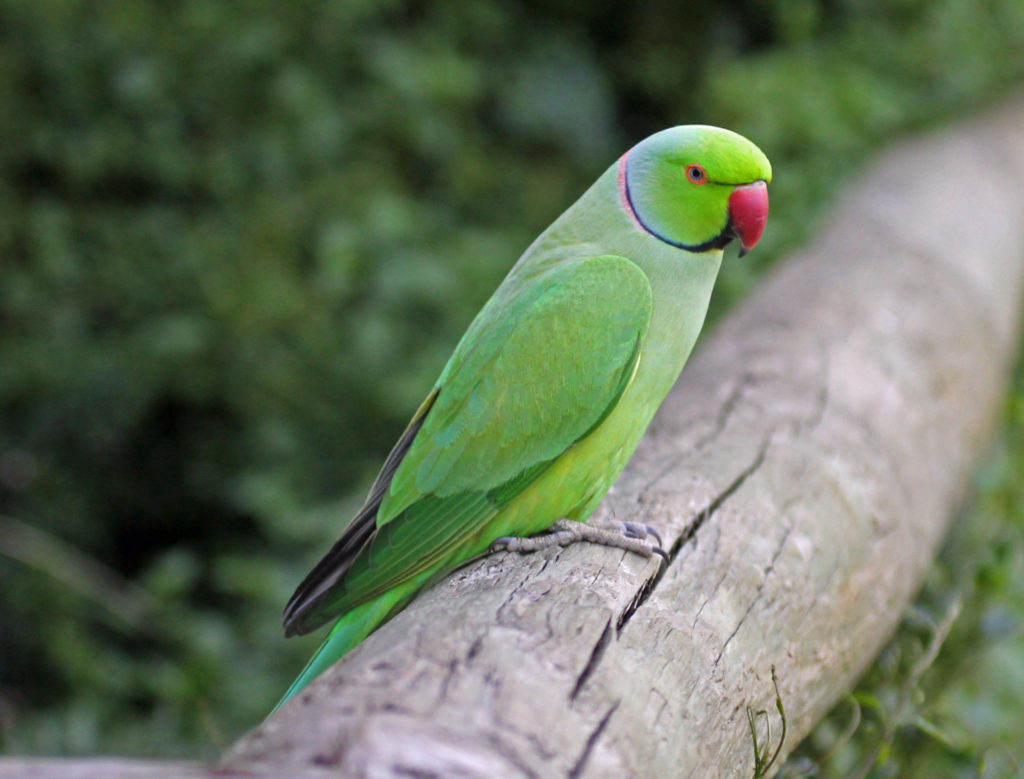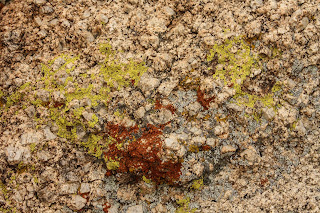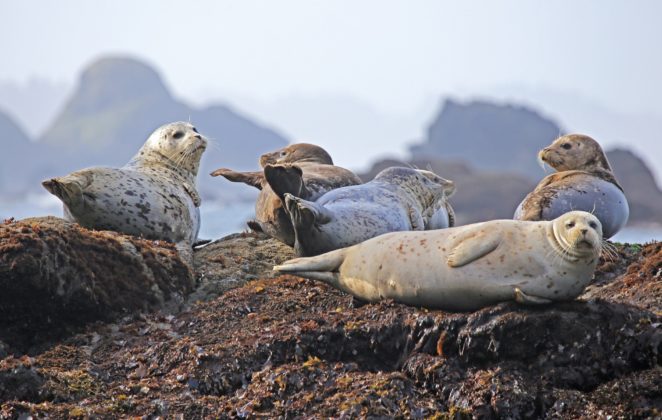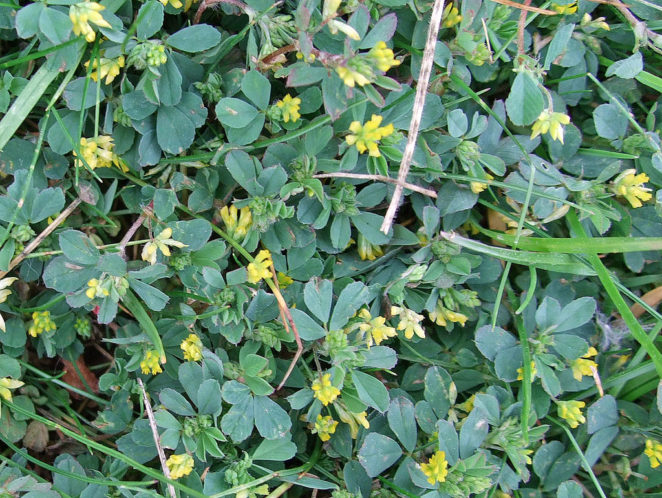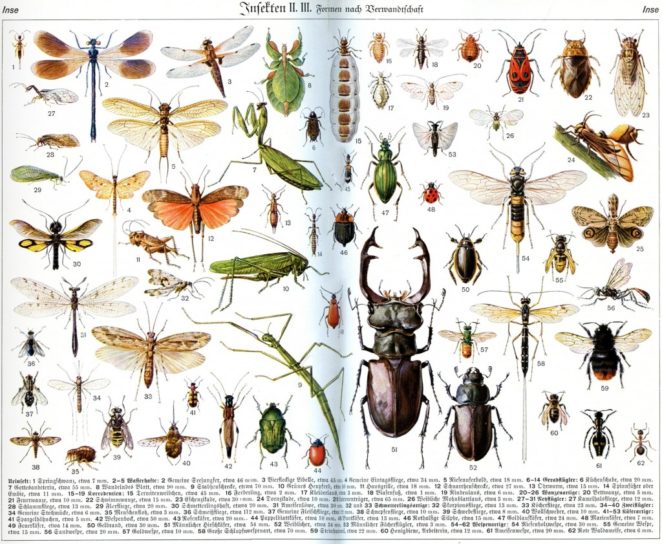The relatively small islands of Great
Britain can boast a coastline that stretches for more than 10,000 miles due to
all its “ins and outs” and the huge number of even smaller outlying islands.
The coasts therefore provide environments for a variety of sea mammals,
especially in the more remote areas where food is plentiful and human
interference less so. Mammals that can often be seen from the shore, or better
still from a boat, include:
Seals
Grey seal (Halichoerus grypus), also known
as the Atlantic seal
Male seals can reach 8 feet in length
although the females are smaller. As might be expected, they have dark grey
skin although with patches that are light grey or brown. During the breeding
season, which is late autumn and early winter, huge numbers can be seen in many
locations around the coast, such as the Farne Islands of Northumberland where up
to 6,000 individuals congregate. At other times they can be seen resting on
remote beaches. The British Isles are home to about half the world’s population
of this species.
Common seal (Phoca vitulina)
The common seal is smaller than the grey
seal, with males being up to about six feet in length. The skin color is
lighter than that of the grey seal, being greyish brown with darker spots, and
the face strikes the viewer as being generally “friendlier”, although the
appearance of a smile on its features cannot be taken as meaning anything in
human terms! It is also known as the harbor seal, and individuals can sometimes
be seen in harbors and inlets with the head bobbing in the water. It is also
seen basking on sand banks and mudflats with head and tail raised off the
ground.
Cetaceans
Common porpoise (Phocoena phocena)
Also known as the harbor porpoise, this is
the smallest sea mammal seen in British waters, at around five feet in length.
It is dark grey above and light grey below, and can be distinguished from the
dolphin by its blunt head, lack of beak, and triangular dorsal fin. It swims in
family groups but individuals are often seen on their own. The south-west coast of Wales is a good place
to see them.
Bottle-nosed dolphin (Tursiops truncatus)
This is the sea mammal that most visitors
to Britain’s shores want to see as it swims at speed just ahead of motor boats
or leaps spectacularly out of the water. Its reputation for friendliness is
greatly helped by its smile-shaped snout, but it does indeed seem to enjoy
human company. Dolphins grow up to nine feet in length and have athletic,
streamlined bodies that are generally grey but with a lighter underside. It has
a pointed dorsal fin, the rear edge of which is curved in a sickle shape.
Whether the snout is really shaped like a bottle is a matter of opinion, but it
is certainly distinctive. Dolphins fish in groups, and a gathering of gulls
overhead is often a good sign that dolphins are around.
Minke whale (Balaenoptera acutorostrata)
Whales are far less commonly seen than
seals, porpoises or dolphins in British waters, and unfortunately this happens
most often when individuals or small groups become disorientated and beach
themselves on the shore. However, one species that is seen quite often,
especially around the northern and western islands of Scotland, is the minke. It
is up to 28 feet long, with a dark back and lighter underside, including a
light grey stripe across the flippers. It is a baleen whale, which means that
it takes food, including krill and small fish, by straining seawater through
bony plates across the mouth that act like a comb. Minkes are usually seen
alone but groups may be seen as they migrate between their breeding and feeding
territories.
This is by no means a complete list of cetaceans
that are seen in British waters, as more than 20 species of whale, dolphin and
porpoise are either natives or regular visitors. These include the massive fin
whale (up to 80 feet long) and the orca, which gains its unfortunate alternative
name of killer whale from its predation of smaller sea mammals such as
porpoises and seals.
Mention might also be made of the sea otter
(Lutra lutra), as it is a mammal that is often seen on Scottish coasts where it
hunts for fish and plays among the rocks. When the water is calm, an otter will
lie on its back eating its latest catch. However, this is the same species as
the animal that is seen on inland rivers throughout Great Britain and should
therefore be described as a “mammal that lives by the sea” rather than a “sea
mammal”.
A visit to the British coast, especially
away from the main population centres, is usually a rewarding one in terms of
wildlife sightings. Sea mammals can be particularly impressive, although it
should always be remembered that one is there to observe and not interfere. Getting
too close to a seal colony, for example, can be dangerous and is not
recommended. These are wild animals that have every right to be where they are
and to continue their lives undisturbed by gawping tourists.
© John Welford


